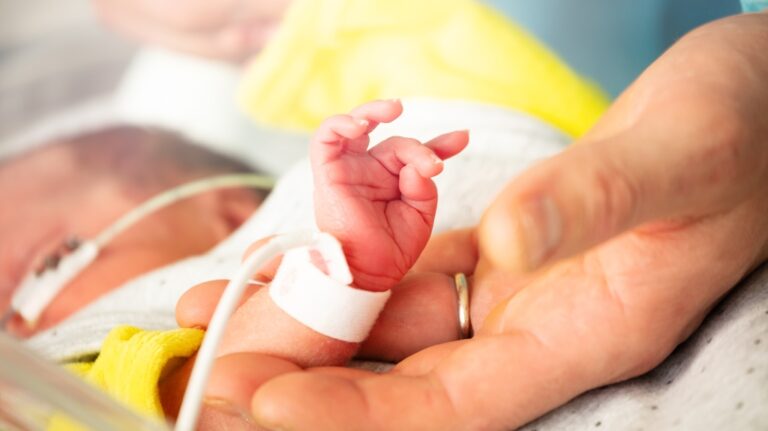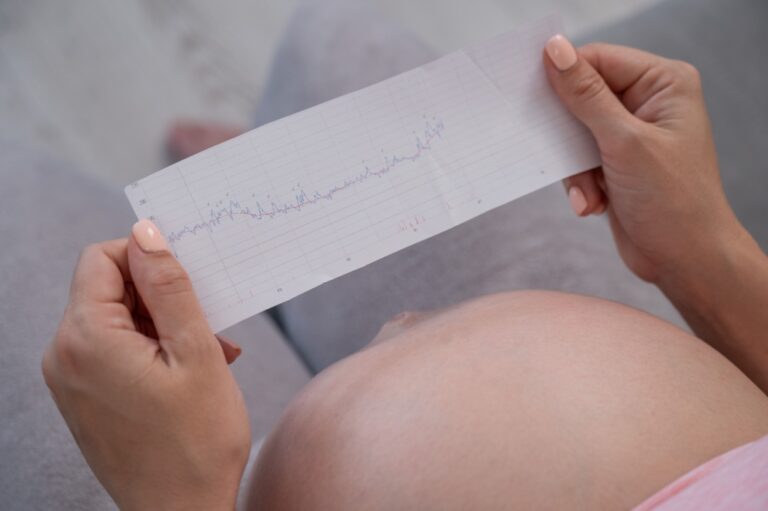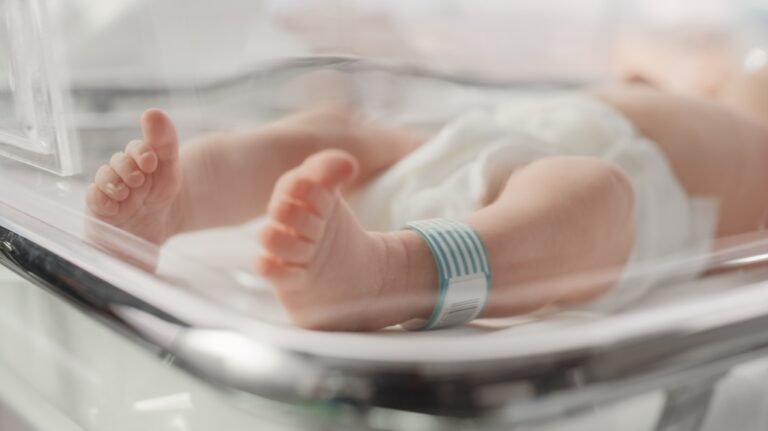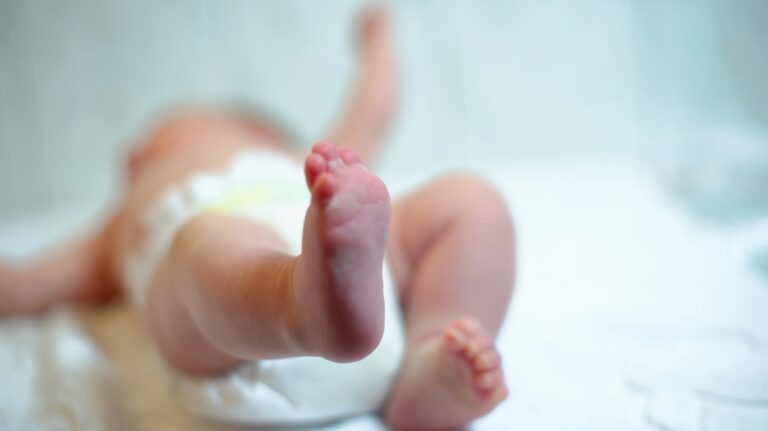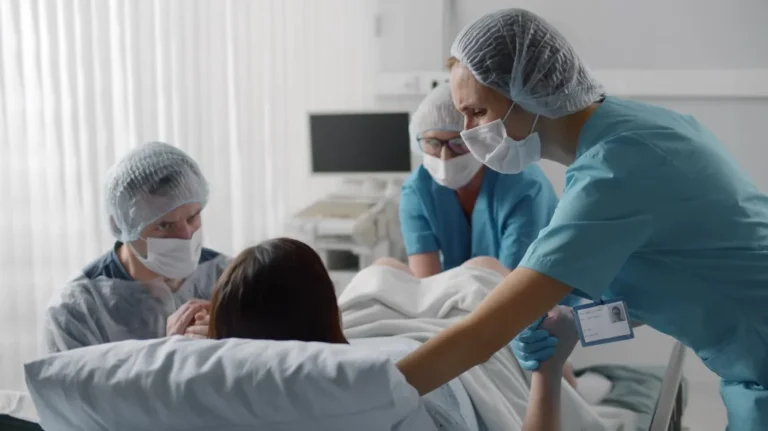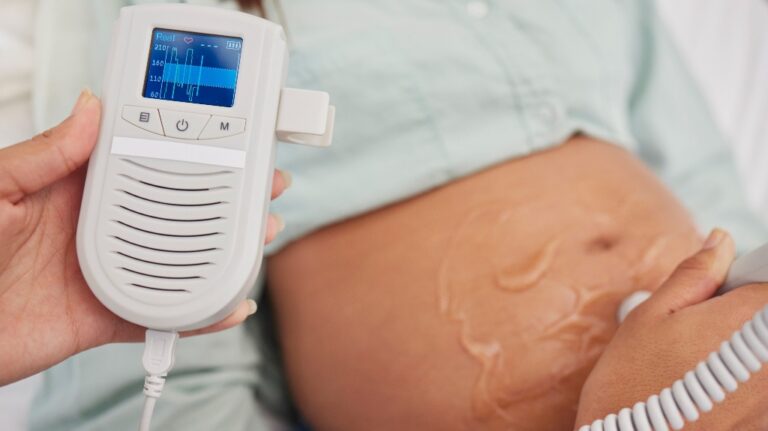Birth Injury Lawsuits Involving Excessive Pitocin Use: Pennsylvania Standards and Case Examples
Labor does not always go as expected. Sometimes it moves slowly, and doctors step in with medications to help. One of the most common drugs used is called Pitocin, which is meant to make contractions stronger and more regular. When used properly, it can help bring a baby into the world safely. But if the…


